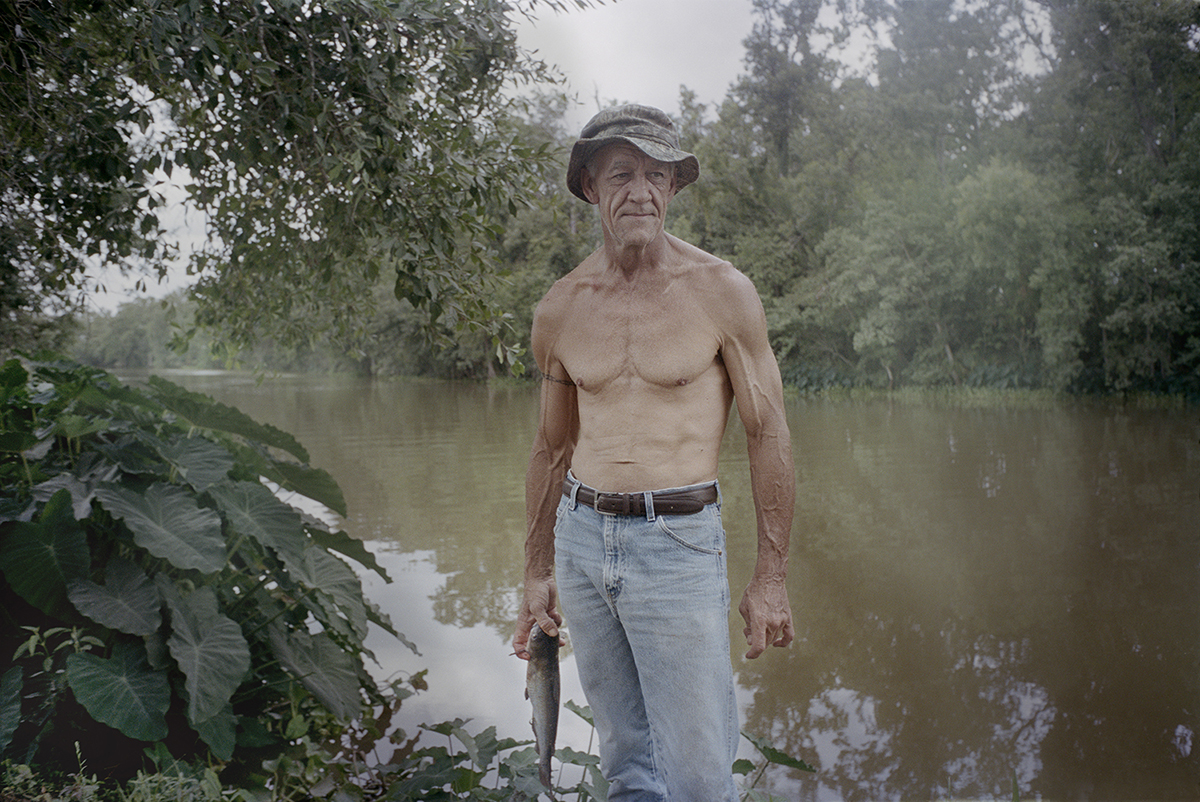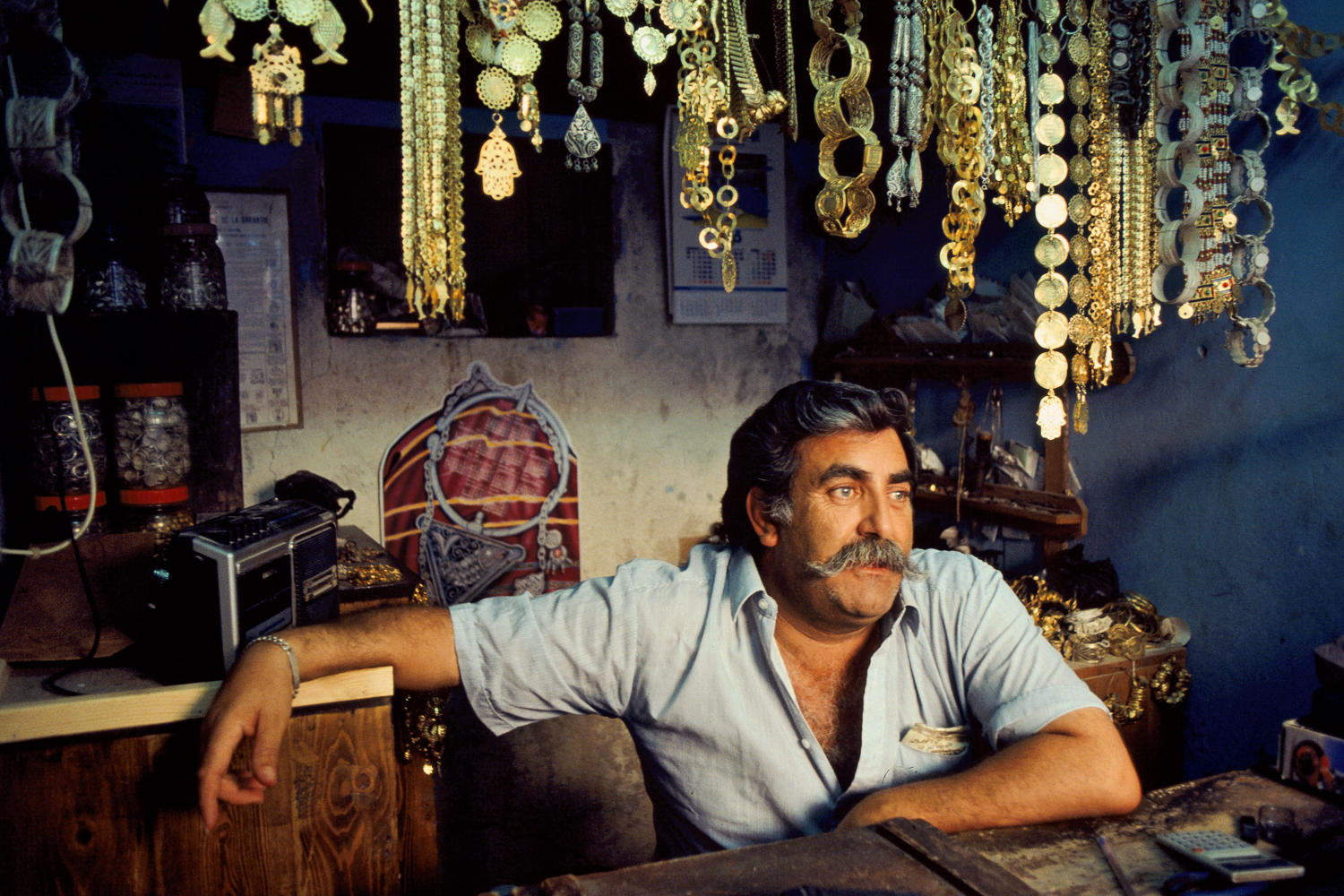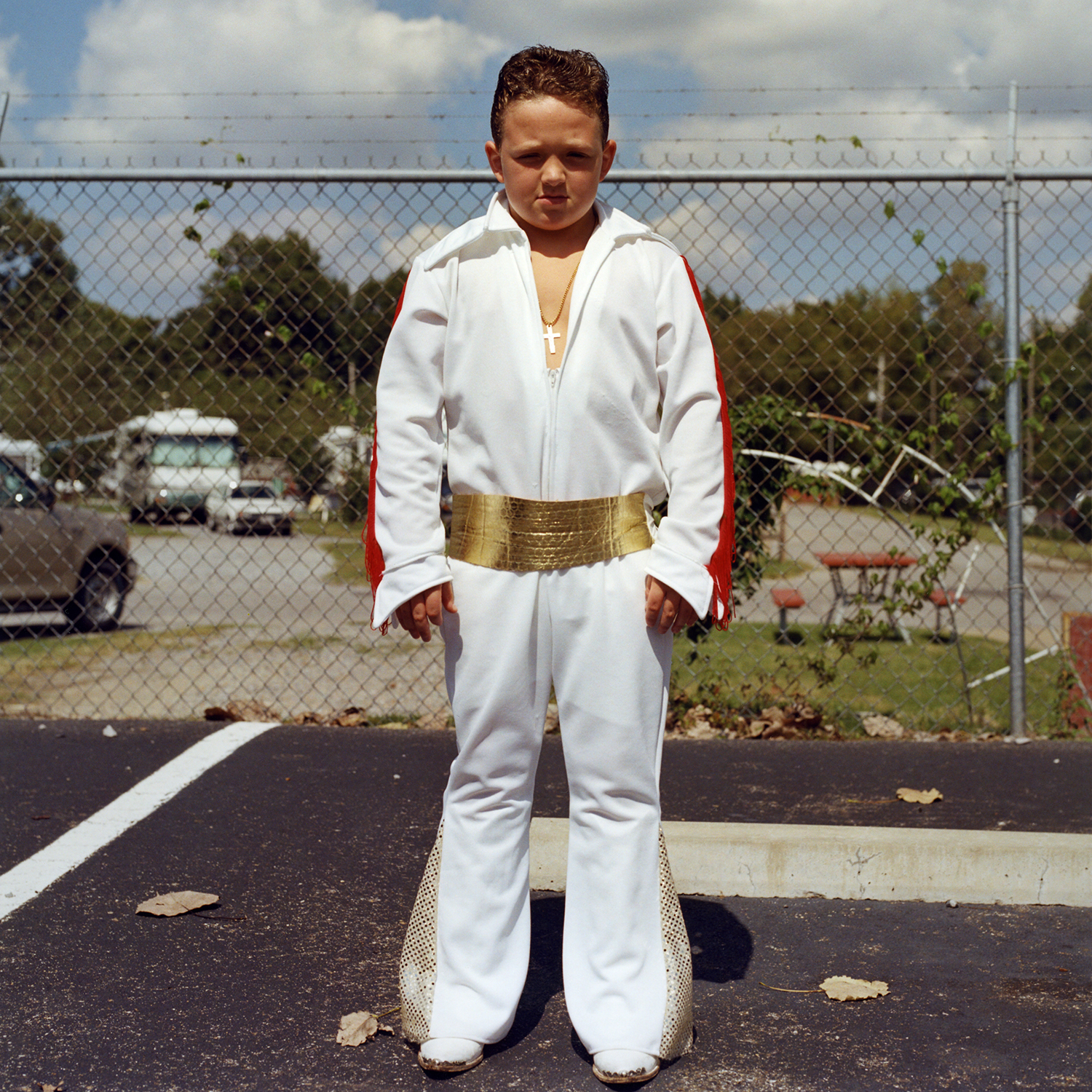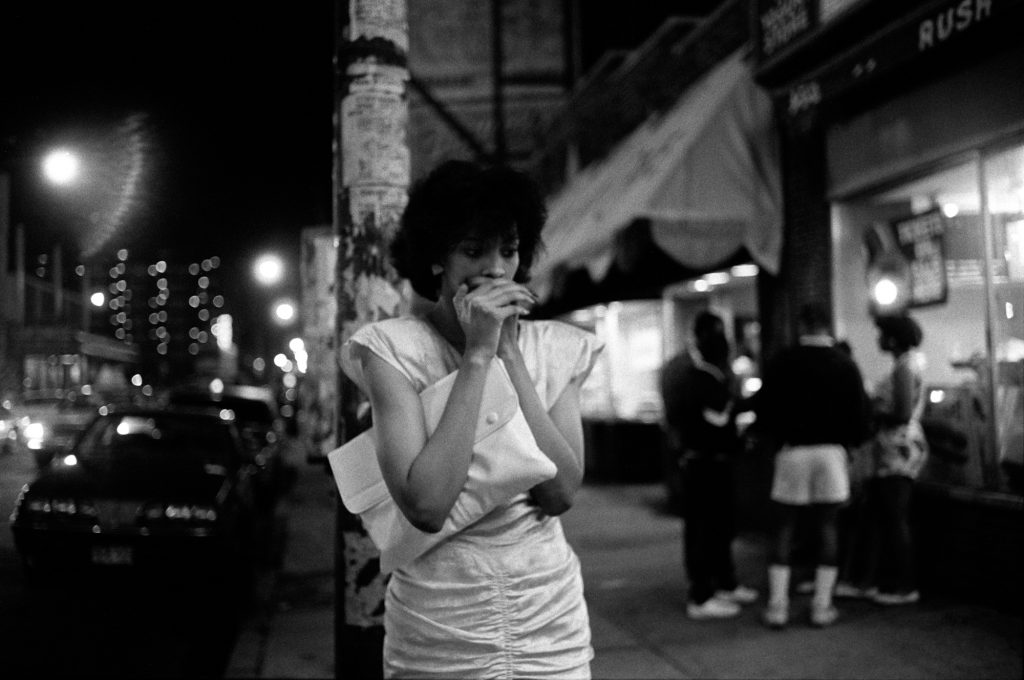
GIL RIGOULET began his career in the press in 1975 and became the first official photographer of the newspaper Le Monde in the early 80s with whom he collaborated for more than 20 years. For three decades, he worked with numerous national and international press magazines. He wanted to be a painter or stylist, at « Concours des arts appliqués », but they advised against him, because of… color blindness. That’s how he became a professional photographer.
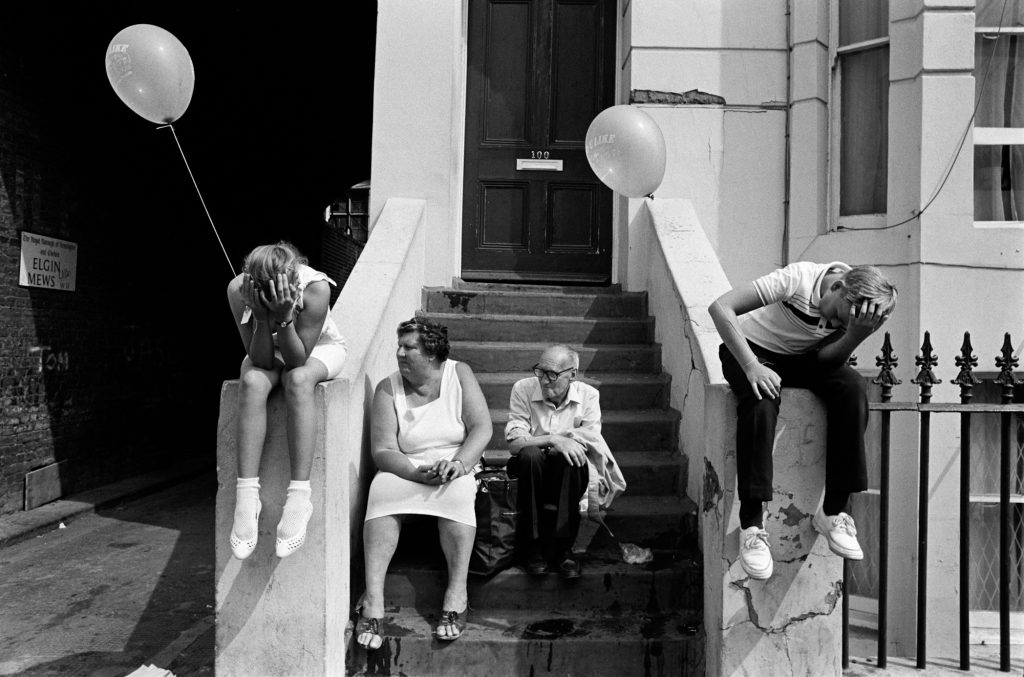

« For the past four years, I’ve been taking care of my photos. I realized a lot of them, mainly series and subjects that I dealt with in the past, subjects where I was free without ordering. It represents more than 40 years of archives. A long work awaits me but it is a great pleasure to dive back in and rediscover these photos. My attention is focused on the 70s and 80s and the emphasis of my view on these two decades. I particularly appreciate the series made in London, Naples, and Chicago. At the time, I was photographing in a political context and I was interested in the place of man in this world. A world that man does not choose, and that he sometimes suffers unknowingly. The street was the showcase, I plunged my camera into it without complex…
« this aquatic suspension is almost a world apart, the light that diffracts underwater dresses it with zebra striations. A visually fascinating world. »
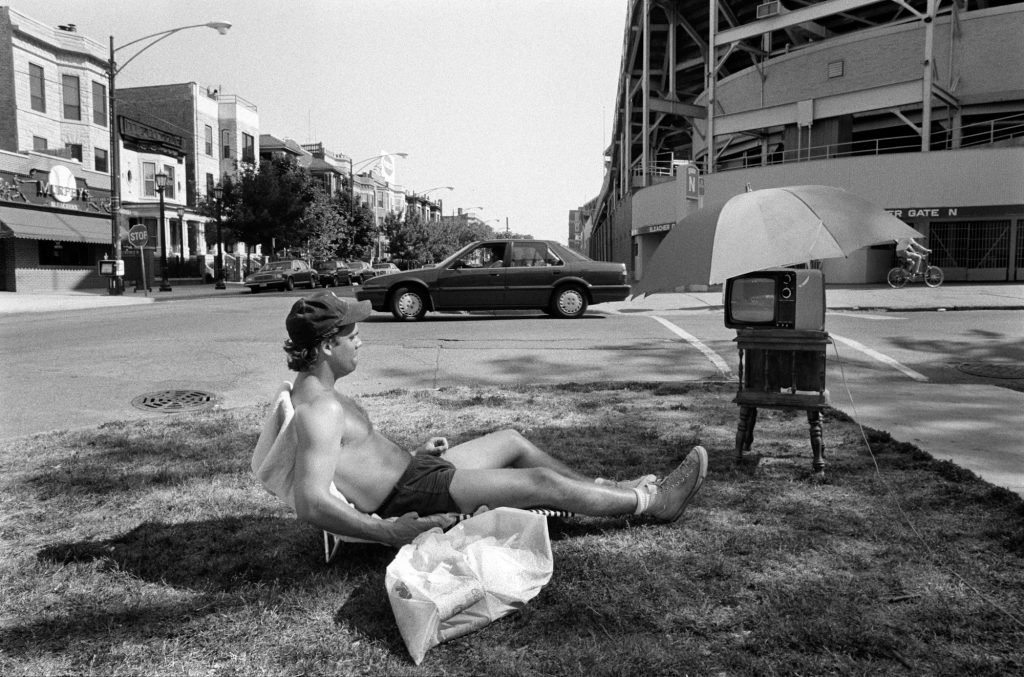

When I approach a project, it’s never short-term. For 35 years I have been working on the theme of « Landscape in Motion » or « Body and Water ». Through this research on the body and water, there is a social side and a more aesthetic part, the state of weightlessness, and fluidity; this letting go, this well-being for many, this aquatic suspension is almost a world apart, the light that diffracts under water dresses it with zebra striations. A visually fascinating world.
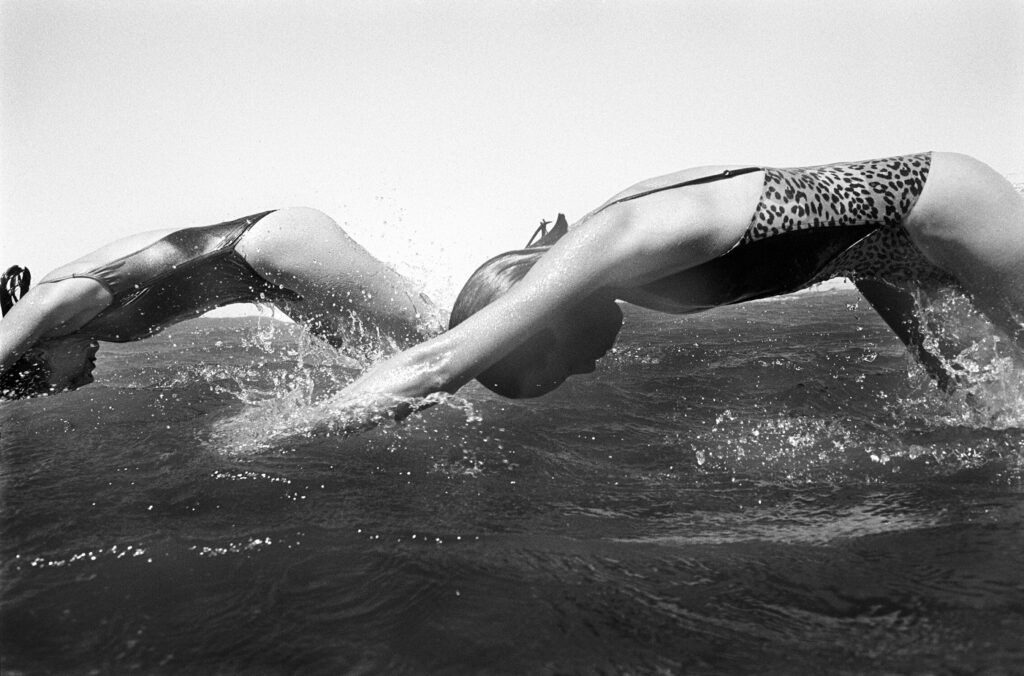
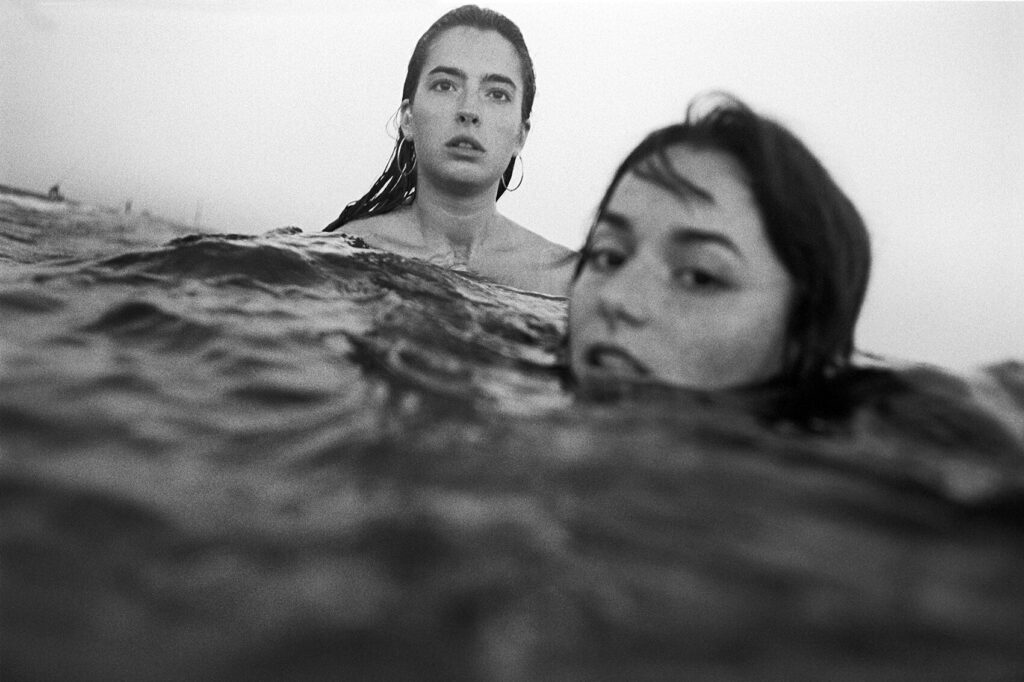
Molitor is part of the social part of this work. It is a probe into an era, that highlights in return, the difference with ours, over a few decades. The surprise effect quickly gives way to the questioning of our forgotten freedoms (no bathing caps, smoking around the basins, women with bare breasts, etc.). In 1985, it was easy to take pictures of people in a swimming pool. There was no need for authorization and no swimmer instructor came to ask me questions…

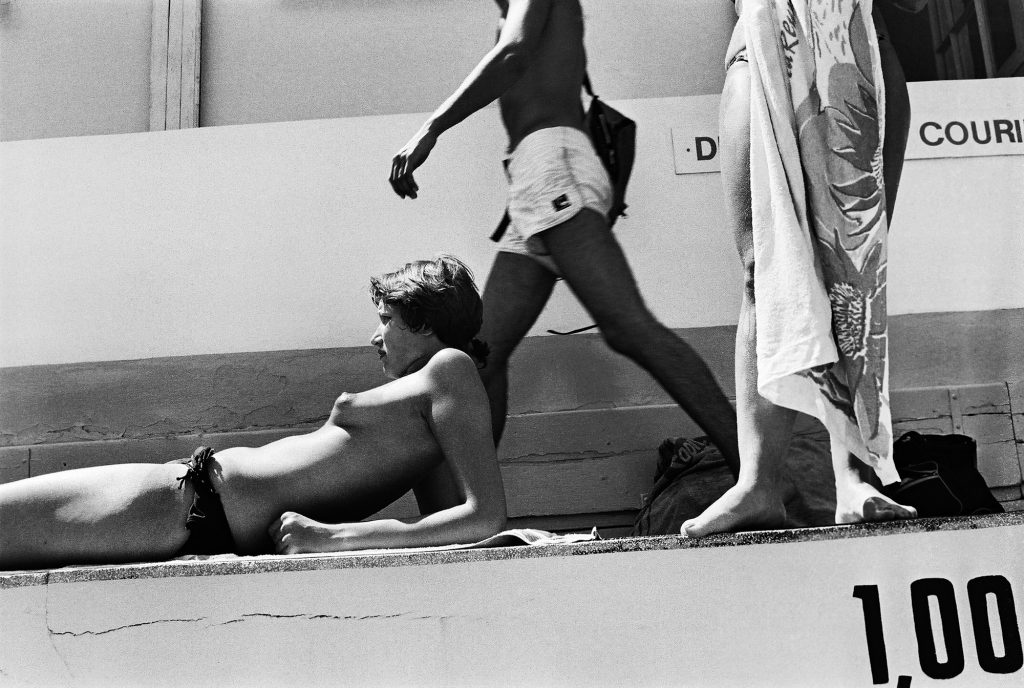
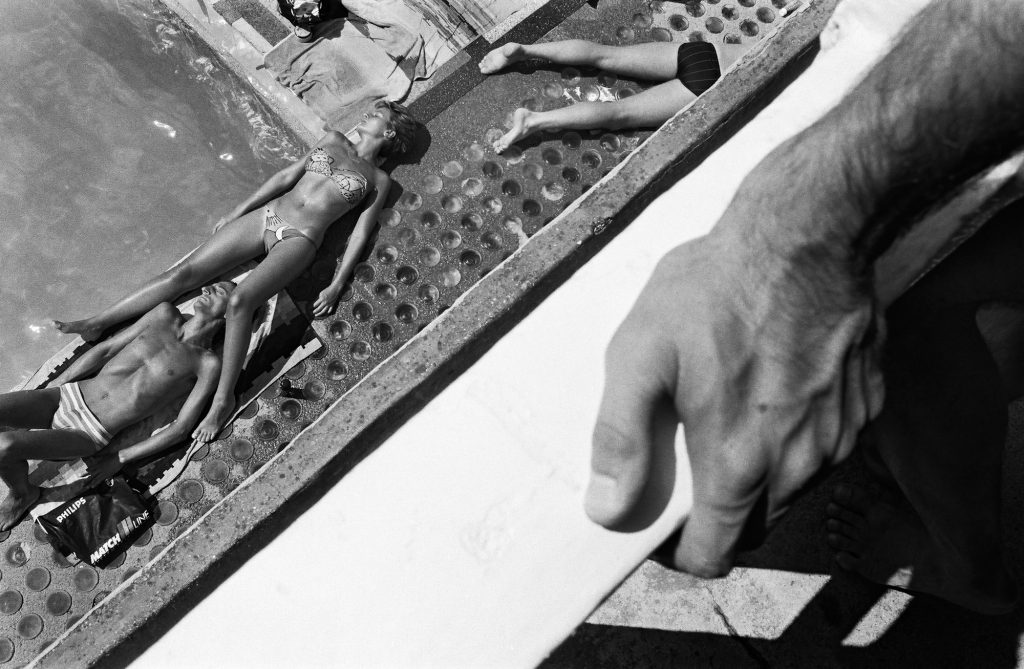
This spirit of freedom echoes astonishingly today, hence the success of these photos. People are really surprised to see so much freedom in France. It marks a bygone era… Since the reopening of Molitor in 2014, I have continued to photograph this place. It’s a Polaroid work in an 80s aesthetic. Often I started a series without knowing why, without photographic duty, just by instinct, unconsciously and I drew the thread, time and maturity did the rest. I work on several subjects that touch me, and all of them are becoming more refined and evolving. As in painting, there are times when our sensibility changes.
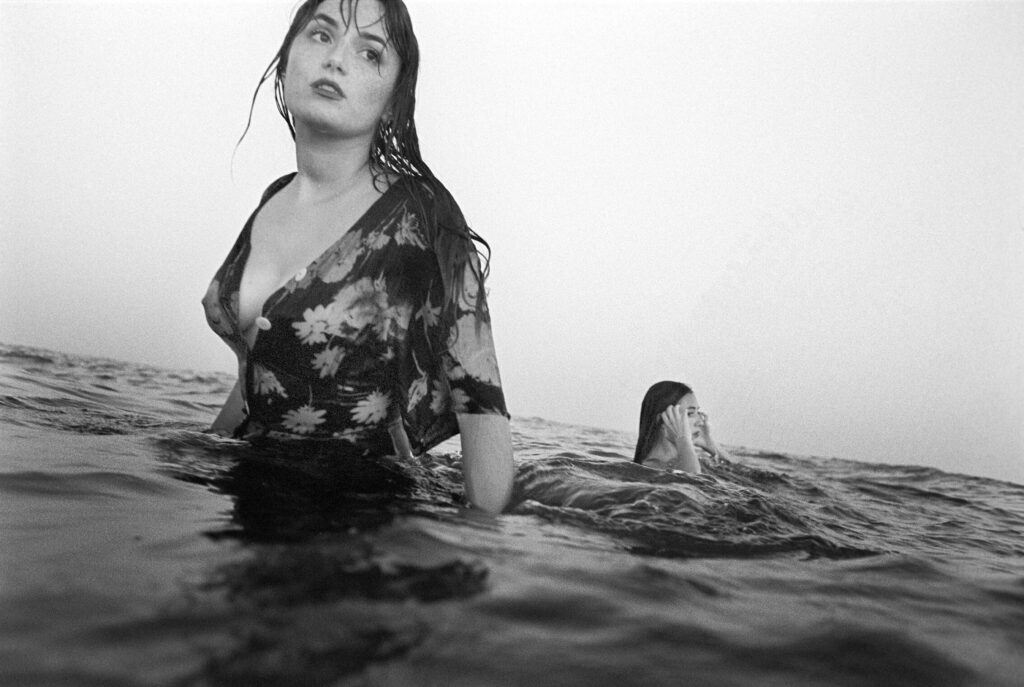
For example, I made photos of the apartments where I lived, on glasses, carafes, dried flowers, body, clothes, just interior stories, a story between us, stories with me, and aesthetics of my daily life. Of the 665 positive Polaroids that I left in a box for 13 years, I barely fixed them and let them oxidize.
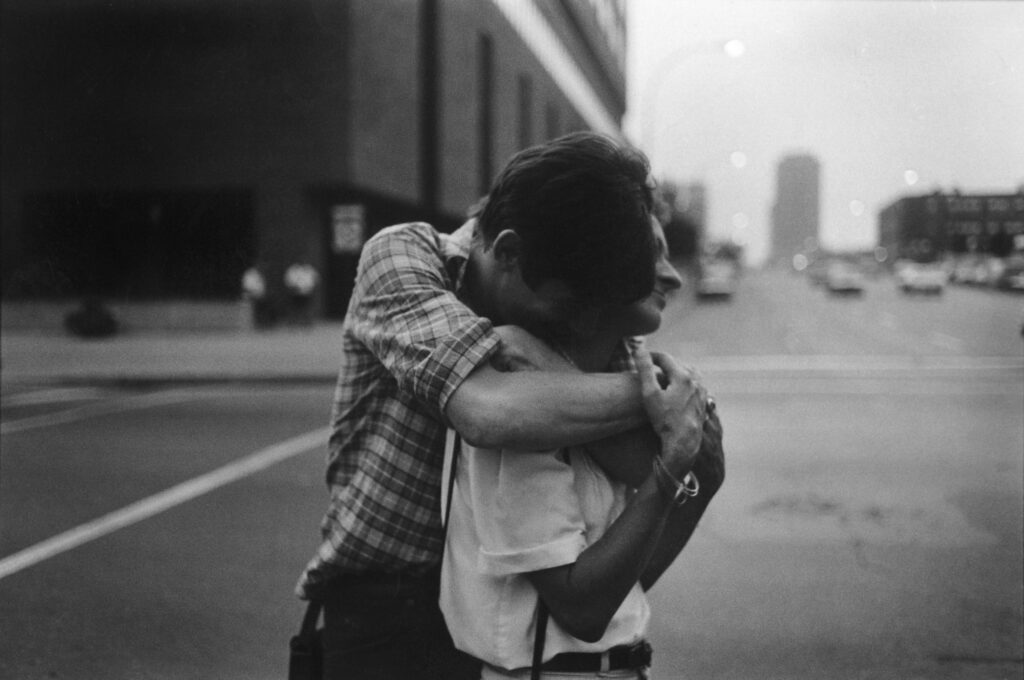
I wanted to obtain this game of traces and disappearance of forms, a visual degradation, the outline of memories fading. Two precious object books have just been published on this intimist series by The (M) editions, « Mes jours » and « Mes nuits » printed on Japanese paper.
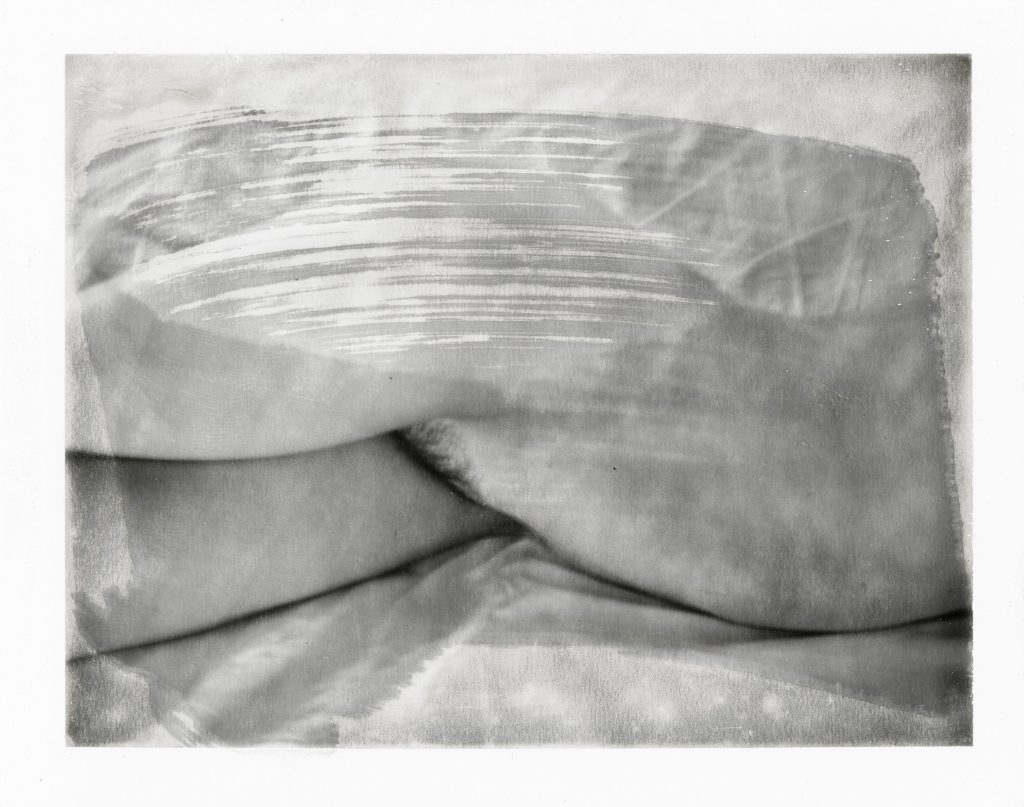
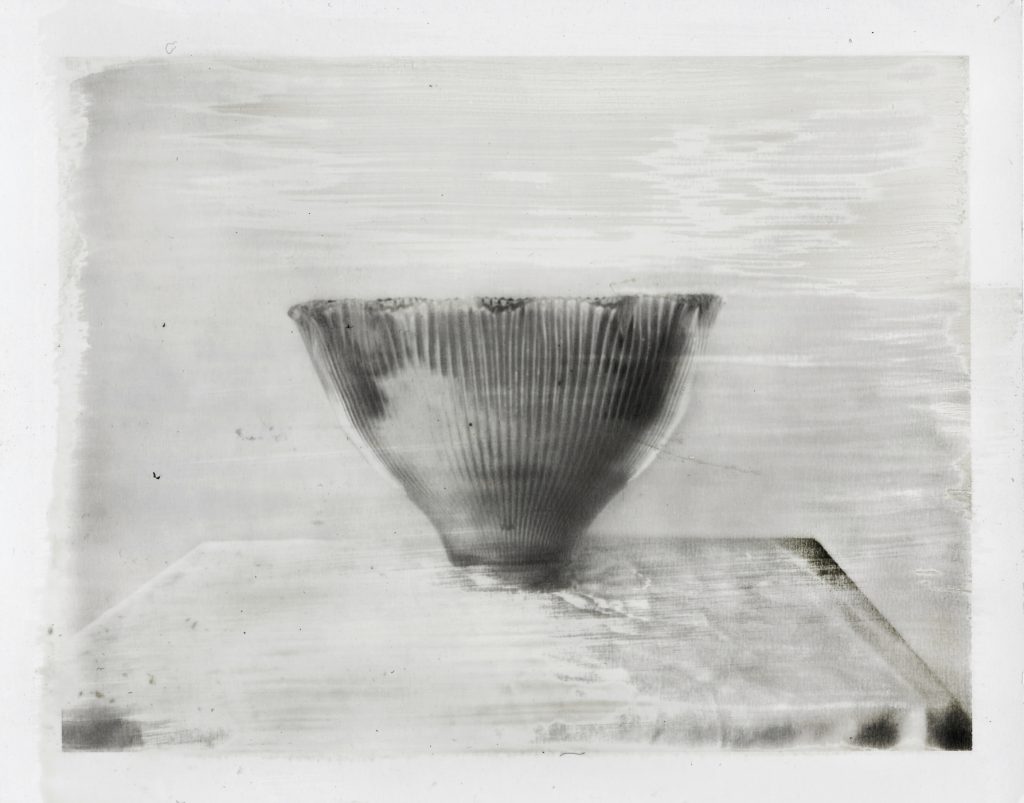
Conversation with Kalel Koven & Jerome Lorieau
Links: gilrigoulet.com | Instagram

